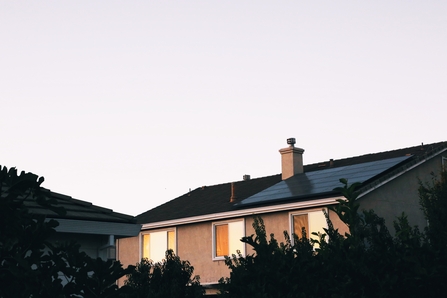A new report published by The Wildlife Trusts urges the UK Government to put nature first, as it embarks on a housebuilding drive across England. The report outlines how planning reforms can help to address challenges of climate change, nature loss, housing and public health – but only by placing nature recovery at the heart of new developments.
Swift and wild: How to build houses and restore nature together calls for a strategic approach towards housebuilding as part of achieving environmental targets, including net-zero and protecting 30% of land for nature by 2030. The report highlights the importance of improving energy efficiency and access to nature during the housebuilding process.
The UK Government has pledged to build 1.5 million homes over the next five years. It recently announced a consultation to revise planning policy in England to deliver more affordable, well-designed homes quickly, grow the economy and support green energy.
The Wildlife Trusts’ report identifies various approaches to development that can have positive impacts for nature, climate and communities. They include community energy schemes, urban habitat creation, sustainable drainage systems, wildlife-friendly lighting and local food growing opportunities. The Wildlife Trusts want developers to learn from each other to deliver affordable, efficient and nature-friendly housing.


